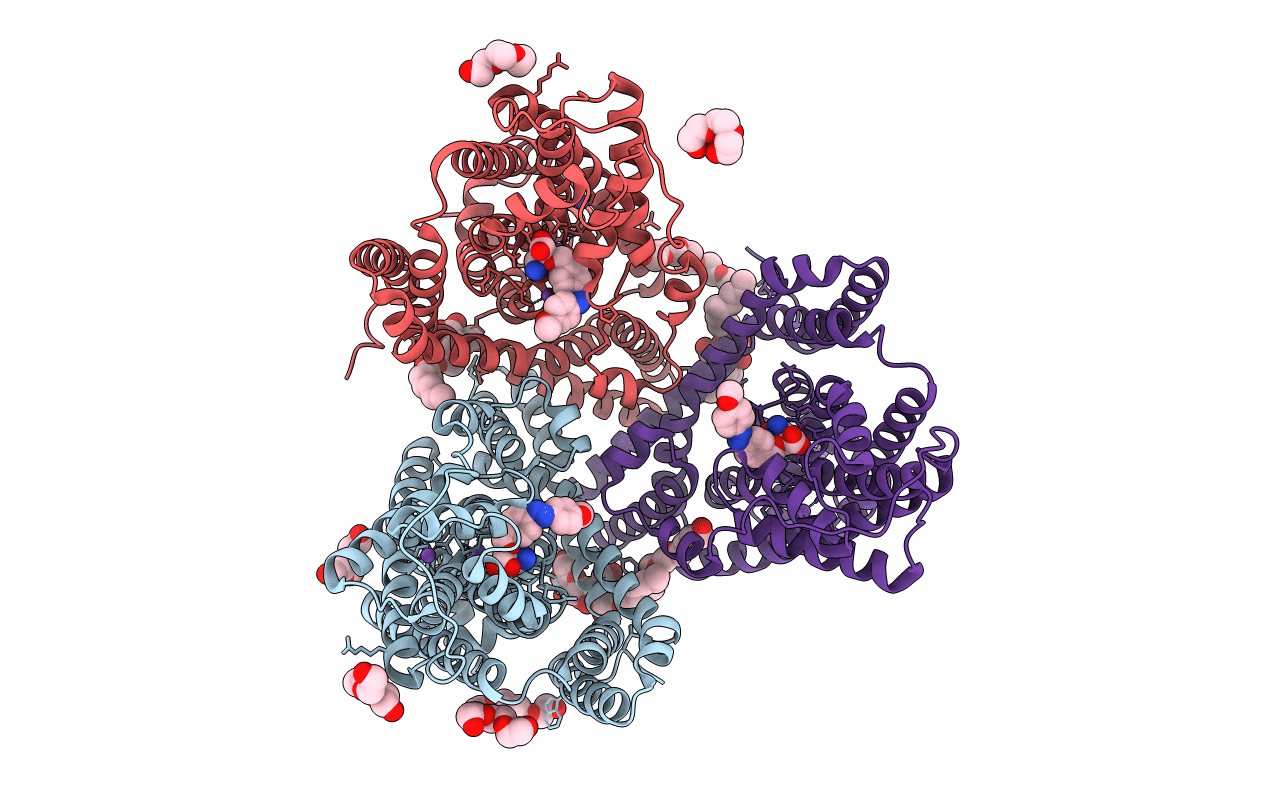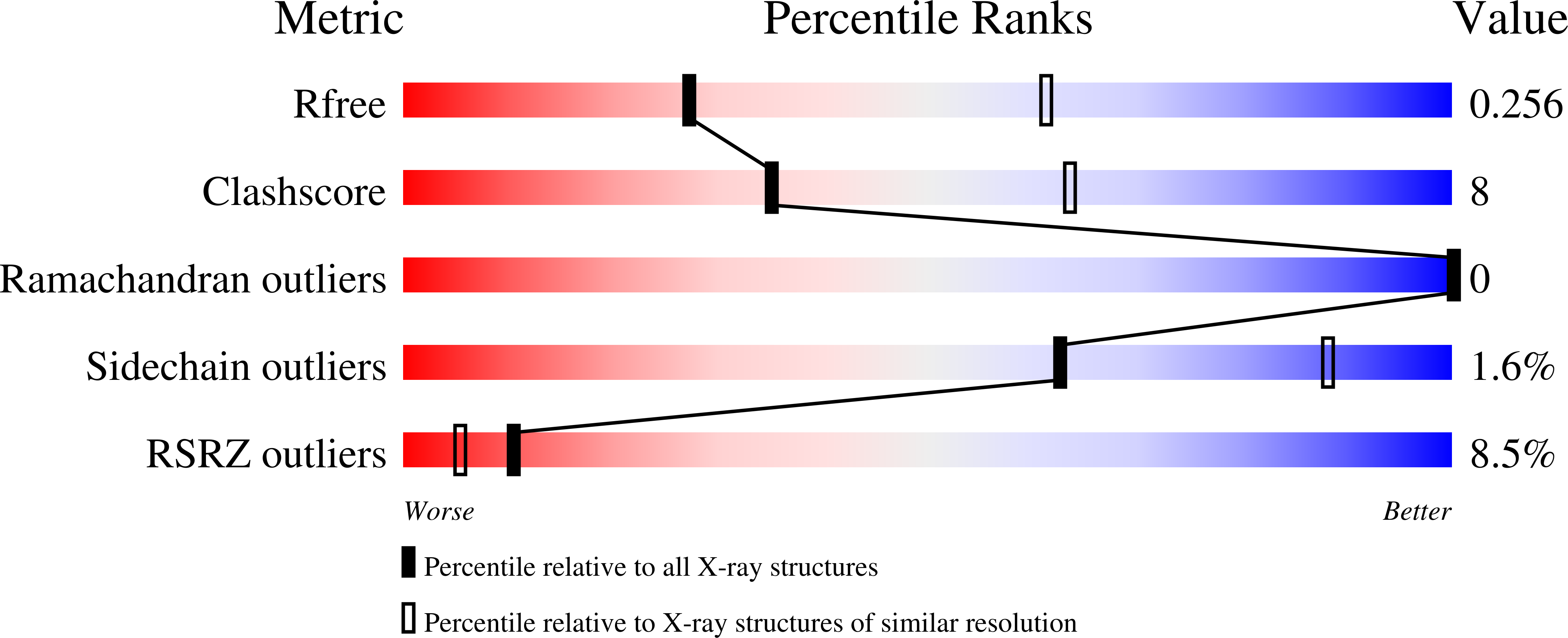
Deposition Date
2020-06-30
Release Date
2021-01-27
Last Version Date
2024-01-31
Entry Detail
PDB ID:
6ZLH
Keywords:
Title:
the structure of glutamate transporter homologue GltTk in complex with the photo switchable compound (trans)
Biological Source:
Source Organism:
Host Organism:
Method Details:
Experimental Method:
Resolution:
2.80 Å
R-Value Free:
0.25
R-Value Work:
0.21
R-Value Observed:
0.21
Space Group:
P 31 2 1


